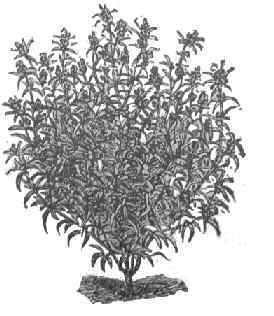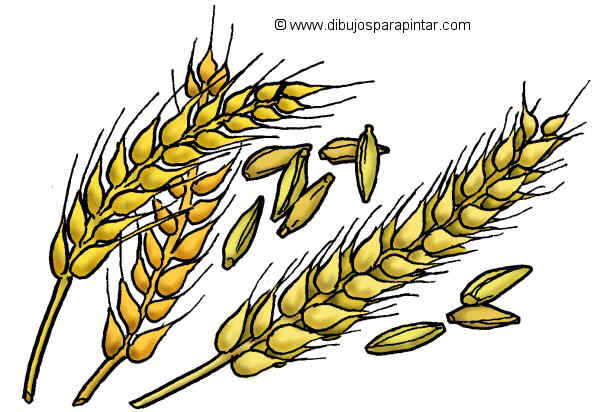Contents
What is a savory plant
Characteristics of savory plant (Satureja hortensis)

General aspect of the plant
Common English name: Summer savory
| ||||||||||||||||||||||||||
Scientific name of the savory: Satureja hortensis L.
Family:Labiatae or Lamiaceae
Origin: plant native to the Mediterranean region.
Habitat: Annual plant that is usually cultivated in pot, gardens, orchards, etc.
Rarely wild. Old farmland. It can grow between 0 and 1,000m. high. It is said that with altitude it loses essential oil.
Distribution: Mediterranean Sea region, Black Sea, Central Europe, Southern Europe, Asia Minor and Siberia.
Botanical description of Savory
Savory or Summer savory (Satureja hortensis) is a plant of the Lamiaceae family, the same family to which other aromatic spices such as thyme, mint and marjoram belong.
Herbaceous annual plant, measuring between 15-20, up to 60cm. It has many ramifications. Stems erect and woody.
Leaves alternate, composite, petiolated (short petiole), linear-lanceolate and grayish green. Whole margins.
Flowers bilabiate, of 2-6mm. And pale pink color. They grow in bouquets of 2 in 2. it blooms between June and August, until October.
The fruit is an achene of four angles and blackish color.

In fact, under the name savory, two species of different plants are hidden: the summer savory (Satureja hortensis), a generally cultivated species, and the winter savory (Satureja montana) a species that is only found in the wild. Both species share their food and therapeutic properties. They can be distinguished because the garden species is annual, while the mountain or wild one is perennial.
* More information on winter savory
Used parts
- Floral parts and leaves: they are used as aromatic spice. It is added to pizzas, pasta dishes, rice dishes, legumes or potatoes.
They are also used in decoctions, plasters and compresses for medicinal purposes.
Composition of savory
- Carbohydrates, proteins and fats in nutritional not remarkable amounts, since savory is consumed in very little quantity.
- Fibrous type mucilage
- Essential oil (0.2 – 2.8%): carvacrol (30-40%), cymol (10-20%), thymol (1-5%), beta-terpinene (2-10%). Savory also contains other aromas, to a lesser extent: alpha-pinene, alpha-terpinene, alpha-terpineol, borneol, camphene, geraniol, limonene, myrcene, sabinene, thuyone.
- Phenolic acids: caffeic, siringeic, vanillic, parahydroxybenzenoic, paracumaric, ferulic, rosmarinic (labiatic) acids.
- Ursolic acid: with antioxidant, anticancer and anti-inflammatory properties.
- Phytosterols: beta-sitosterol.
- Tannins (4-8%)
- Flavonoids: (apigenin, scutelarine, etc.)
![]() More information on savory.
More information on savory.








